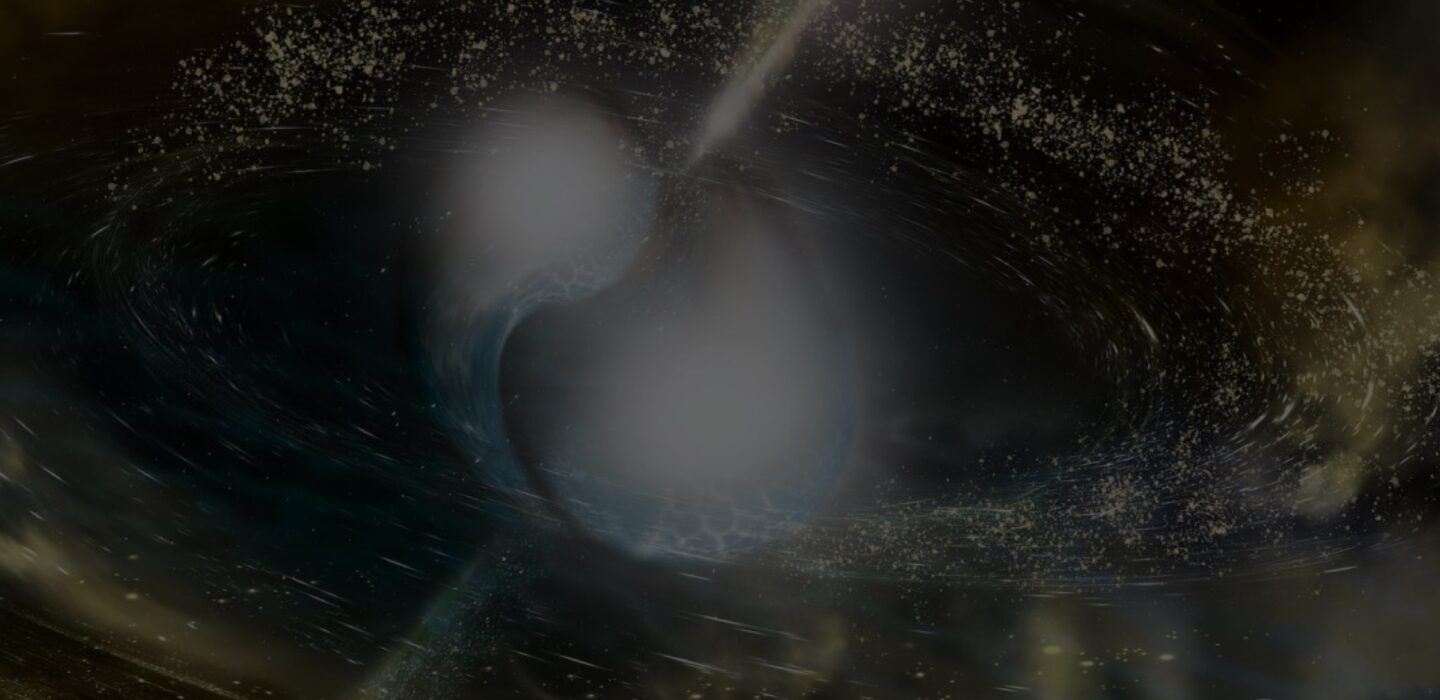MATs: Chun Huang & Tomas Soltinsky

Monday, March 11, 2024
3:00pm - 4:00pm
Marlar lounge
3:00pm - 3:30pm, Chun Huang
Cracking neutron star mysteries: Physics-driven insights into interior, surface, and exterior by X-ray Timing results
The utilization of Pulse Profile modeling techniques could simultaneously provide measurements for Neutron star Mass Radius and offer insights into their hotspot distribution. Presently, these methodologies rely on meta models of the equation of state (EOS) and employ pure geometrical cap overlapping techniques to align with observational data. This presentation aims to showcase our recent results about utilizing a physics-oriented EOS to explore the constraint of X-ray timing observations on fundamental physics parameters governing neutron stars structure.
Furthermore, I will present a Physics-motivated computation of neutron star hotspot temperature maps given by PSR J0030+0451 NICER measurement about its magnetic configuration. This computation reveals tensions between the physics-motivated temperature map and proposed hotspot configurations derived from NICER observation inference and inconsistent with its observation pulse profile itself. This motivate that we need to introduce higher multipole components and integrate them into the current computation to explain the observation data better. In the future, with better instruments like STROBE-X and eXTP, a better understanding of neutron star matter and neutron star hotspot map could be reached, by using these techniques described.
3:30pm – 4:00pm, Tomas Soltinsky
Prospects of a statistical detection of the 21-cm forest and its potential to constrain the cosmic heating and reionization history
The cosmological 21-cm forest, a series of absorption lines in the spectra of high-z radio-loud sources arising from the hyperfine structure of neutral hydrogen residing in the intergalactic medium (IGM), has a potential to be a unique probe of supermassive black hole growth models and the neutral IGM during the Epoch of Reionization. I will argue that the prospects of detecting the 21-cm forest signal have improved recently because of (1) recent evidence that reionization ended as late as z<5.5 and (2) increase in the number of known high-z radio-loud quasars.
In this context, I will present our models of the 21-cm forest signal based on cosmological simulations, in which we simultaneously vary the X-ray background radiation efficiency and ionization state of the IGM. I will discuss the detectability of this signal by the uGMRT and SKA1-low, both direct detection of individual absorption lines and statistical detection. I will finish this talk by showing that the spectroscopical observations of the 21-cm forest signal provide a unique opportunity to constrain the cosmic heating and reionization history at z≥6.
Speakers
- Chun Huang, Washington University, St.Louis Tomas Soltinsky, Tata Institute of Fundamental Research
Hosts
Event Contacts
- Minghao Yue Daniele Michilli